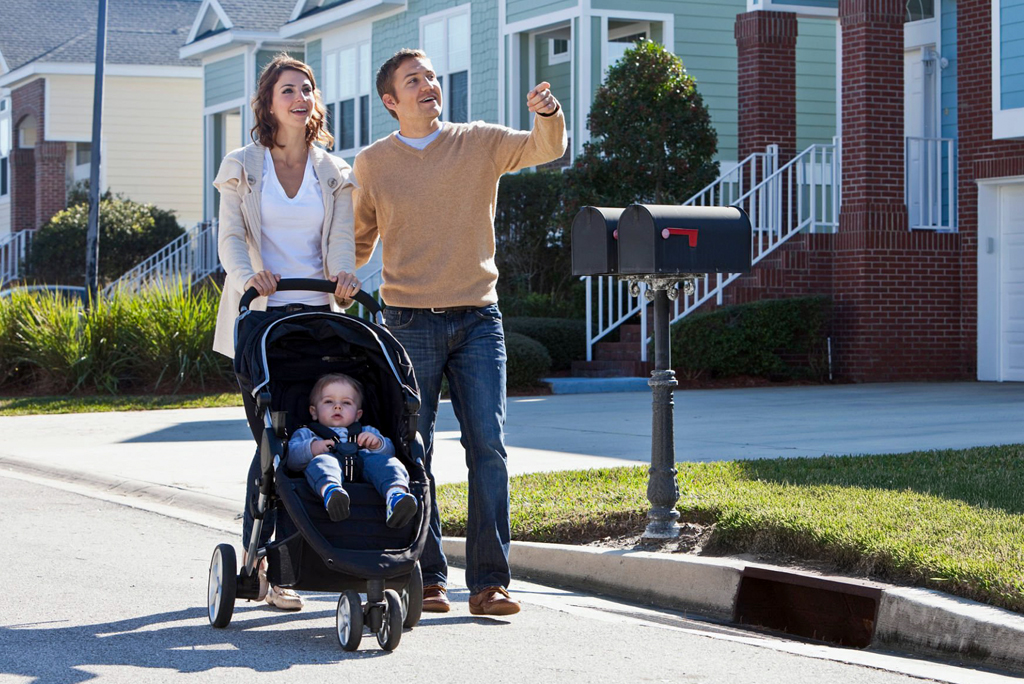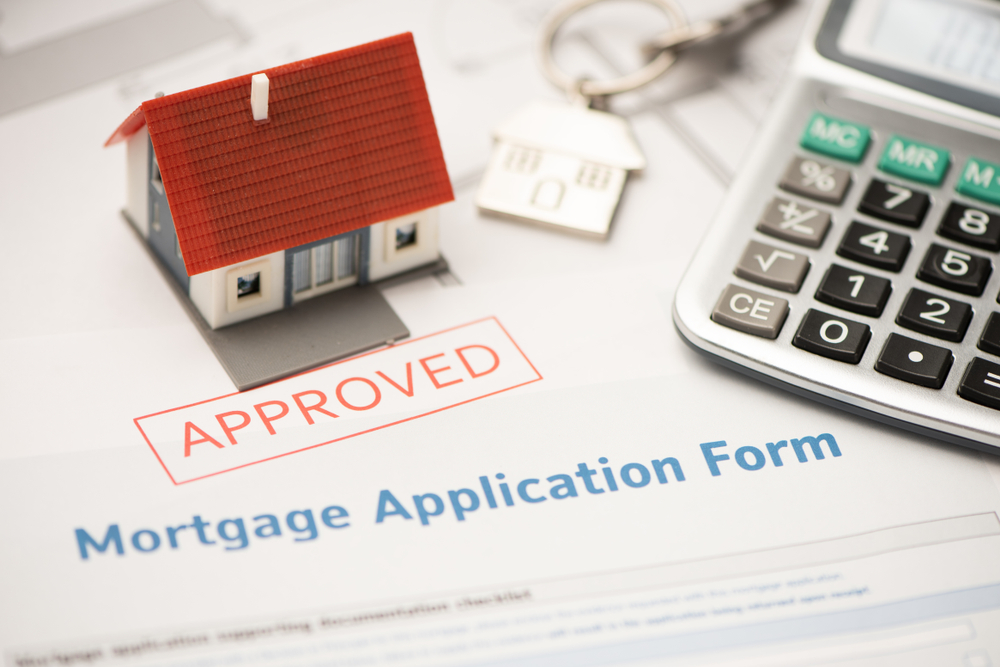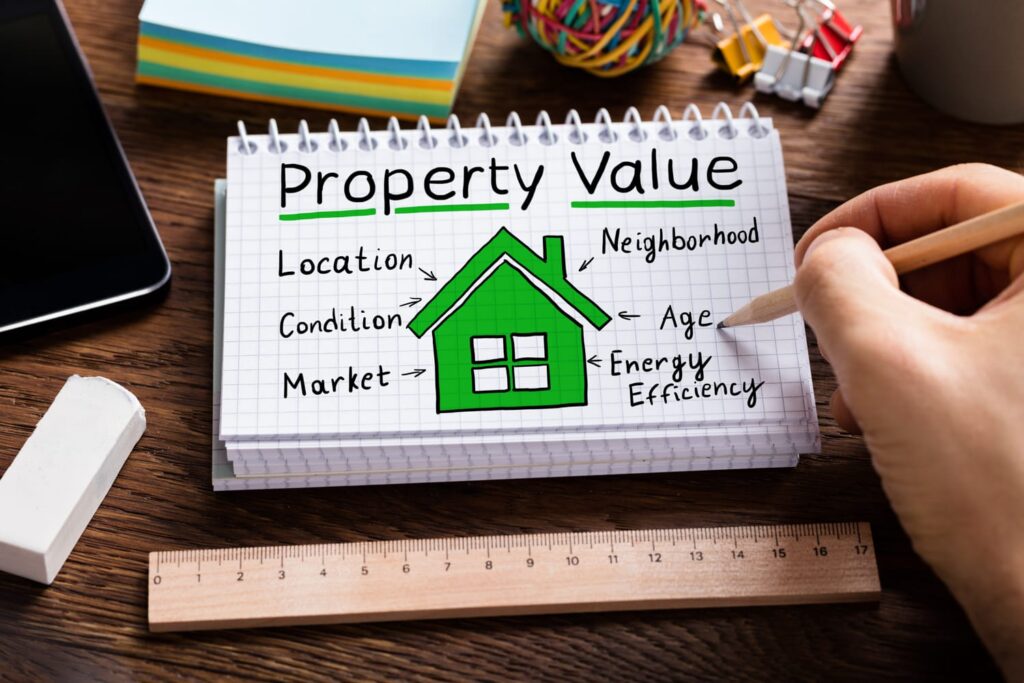Picture yourself stepping out of your front door and having everything you need within a 15-minute walk or a bike ride. From getting your morning coffee and dropping off the kids at school to picking up groceries and to going to a local park or even catching a movie, all without getting in a car. This is not an utopian dream; it’s the core of the rapidly growing urban planning concept known as the ‘15-Minute Neighborhood’ and it’s where people want to live in the US. For real estate buyers, this is becoming a key consideration in making informed decisions about their next home.
Furthermore, this is not just a European ideal; it’s a return to how American communities used to function. With daily needs within a short walk or bike ride, the 15-minute neighborhood reimagines proximity as a driver of quality of life and long-term value.
What Is a 15-Minute Neighborhood?
A 15-minute neighborhood is a mixed-use area where you can get to most of what you need daily, like grocery stores, parks, schools, healthcare, restaurants, and public transit within 15 minutes of walking or biking. The model is all about local living, reduced car dependence, and more of a human-scale urban design.
Although the concept gained global popularity during the COVID-19 pandemic, it has roots in US planning. It’s similar to the neighborhood unit concept developed by Clarence Perry in the 1920s, which proposed schools, parks, and shops within walking distance of homes. Modern versions of the concept align with New Urbanism, a movement to create walkable, livable communities.
US cities such as Portland, Minneapolis, and Cleveland are now incorporating 15-minute principles into their long-term plans. The American Planning Association notes that this framework supports not only environmental and health goals but also economic resilience and housing equity.
As per Deloitte Global, a 15-minute city is about making essential amenities, different types of housing and more green spaces available within a short walking or cycling distance.
The core principle is to design or redesign urban areas so residents can get most of what they need within a 15-minute radius by walking or cycling. This includes access to amenities like:
- Essential Services: Grocery stores, pharmacies, and healthcare facilities.
- Education and Childcare: Schools, daycare centers.
- Work and Business: Offices, coworking spaces, local businesses.
- Leisure and Recreation: Parks, restaurants, cultural attractions, gyms.
- Social Connections: Community centers, public spaces.
Why the 15-Minute Neighborhood Is Gaining Momentum
In the sprawling landscape of many US cities and suburbs, car dependency has long been the norm. However, several factors are driving the increasing interest in 15-minute neighborhoods:
- Shifting Lifestyle Preferences: More and more Americans, particularly younger generations, are prioritizing convenience, walkability, and a strong sense of community over large homes in car-dependent areas. The desire for a better work-life balance and reduced commute times is a significant driver.
- Sustainability Concerns: The focus on reducing carbon emissions and promoting eco-friendly transportation options aligns perfectly with the principles of 15-minute neighborhoods, encouraging walking, cycling, and the use of public transport. As UCEM highlights, 15-minute cities are intended to reduce the use of vehicles, offering benefits from reduced traffic to lower carbon emissions.
- Enhanced Quality of Life: Easy access to daily needs and local amenities can lead to less stress, more time for personal pursuits and social interaction, and improved physical health through increased walking and cycling.
- Economic Benefits: Supporting local businesses within these compact neighborhoods can foster stronger local economies and create more vibrant communities.
- Lessons from the Pandemic: The COVID-19 pandemic highlighted the importance of local amenities and the challenges of relying heavily on transportation, further fueling the desire for more self-sufficient neighborhoods. As Deloitte Global points out, the pandemic forced people to re-orient their lifestyles to ‘go local’ and rediscover their neighborhood.
A convergence of social and market trends is fueling renewed interest in this model:
- Hybrid Work Has Changed Location Priorities: With fewer commutes, buyers are placing more value on local access to amenities rather than proximity to downtown job centers.
- Walkability Supports Market Value: A 2023 survey by the National Association of Realtors (NAR) found that 79% of respondents prioritize being within an easy walk of places like shops and restaurants. Notably, 78% said they would be willing to sacrifice a larger home or yard for better walkability and shorter commutes.
- Sustainability and Health Are Influencing Demand: With growing awareness of the impacts of climate change and sedentary lifestyles, many buyers seek neighborhoods that allow them to drive less and move more.
- Resilience and Community Connectivity: According to the Brookings Institution, 15-minute cities can strengthen local economies, reduce infrastructure strain, and build social ties through better public spaces and access to local businesses.
What It Means for Buyers
For buyers navigating today’s housing market, the 15-minute neighborhood offers more than location—it offers a smarter, more connected way to live. Here’s how:
- Everyday Convenience Is Built-In
A neighborhood designed for daily needs can reduce your reliance on driving and save time in your routine. With essentials within reach, errands become shorter, and daily life becomes more efficient.
- Long-Term Value Can Be Stronger
Walkable areas often command higher property values and show more resilience in downturns. As local governments invest in sidewalks, bike lanes, and mixed-use development, the surrounding real estate typically benefits.
- Quality of Life Often Improves
More walkable environments can offer better air quality, lower transportation costs, and a greater sense of safety and community. The Centers for Disease Control and Prevention (CDC) highlights walkable communities as critical to improving public health outcomes.
- Neighborhood Planning Influences Investment
Municipal zoning and land use decisions often shape how walkable a neighborhood becomes. If you’re considering a move, look at local plans, zoning overlays, or ‘Complete Streets’ policies that indicate support for future infrastructure.
- Access to Transit Complements Proximity
Even in a 15-minute neighborhood, strong connections to public transit enhance mobility, provide alternatives to driving, and support property value. Access to multi-modal transit remains a key asset for long-term livability.
Is It the Right Fit for You?
Not every buyer needs or wants a highly walkable, mixed-use environment. But for many, it offers a blend of community, convenience, and value that’s hard to replicate in car-dependent areas.
If your ideal day includes walking to a coffee shop, biking to the park, and sending your kids to a nearby school, a 15-minute neighborhood may be the right match. These areas tend to attract buyers who value time, connectivity, and livability as much as square footage.
How Realoq Helps Buyers Prioritize Lifestyle
At Realoq, we know that homebuying today is about more than price points and property lines; it’s about lifestyle alignment. Whether you are looking for a walkable neighborhood, a quieter enclave with smart zoning, or a community that supports remote work and transit, our platform helps you search smarter.
With expert guidance, deep local insights, and intelligent buyer tools, Realoq helps you move with confidence into the right home and the right neighborhood.


